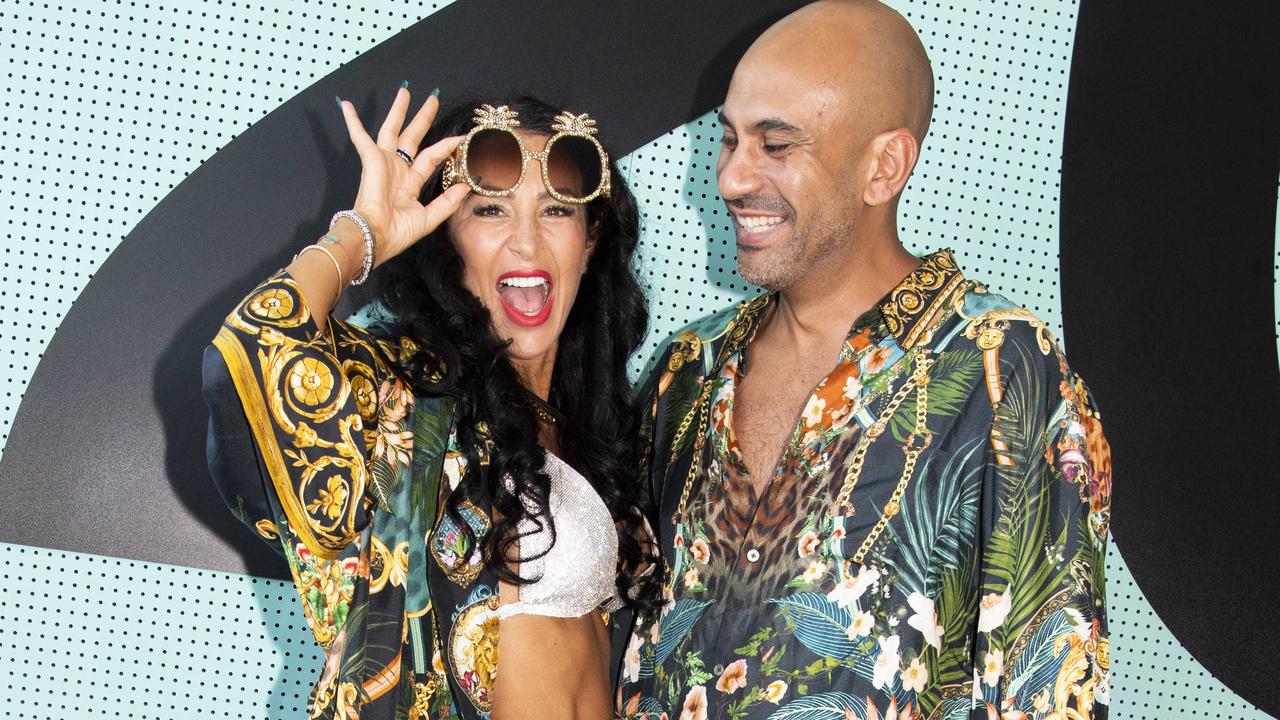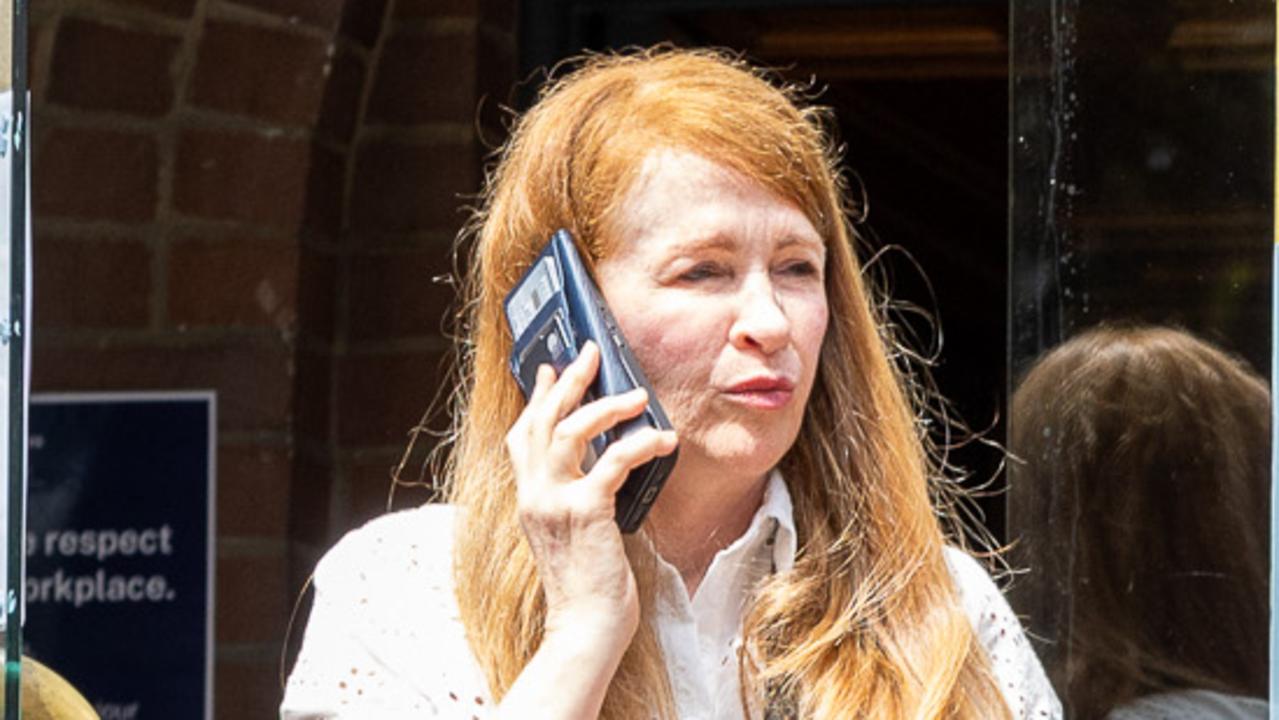Sydney’s private members’ clubs: The secret world revealed
They are the retreats and playgrounds of our country’s leaders, influencers and billionaires. But most don’t even know they exist.
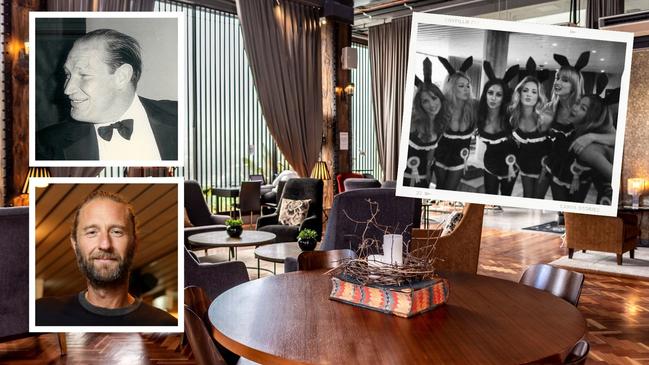
Local
Don't miss out on the headlines from Local. Followed categories will be added to My News.
Any business worth its salt in 2021 is plastered across social media.
Facebook, Twitter, Snapchat, Instagram: If you’ve heard of it, you’ve got to have it.
But not The Australian Club.
No social media and a basic website that wouldn’t look out of place on the world wide web circa 2000.
But why would you need to promote yourself when you are the most exclusive private members’ club in the southern hemisphere.
With members including ex-prime ministers and the country’s top judges and industry leaders, it certainly is about who you know, not what you know.
You also need to be able fork out thousands of dollars in annual fees mind you.
So what exactly do we know about The Australian Club?
Well, the entrance certainly offers no clues to what’s on the inside.
Just an unassuming wooden door with an intercom.
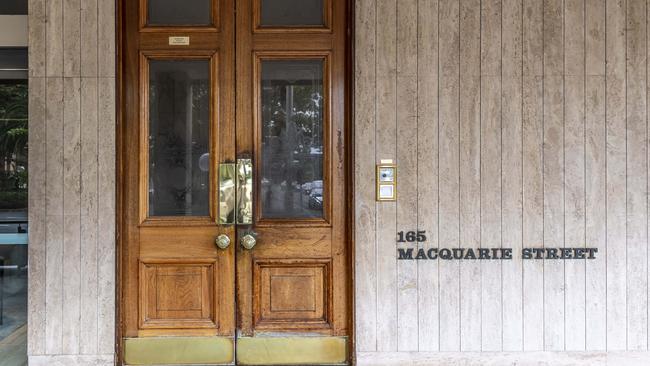
If anything it looks a little scruffy.
On the hunt for a little bit more, we decided to inquire about becoming a member.
The well-spoken woman who answered the phone was hardly forthcoming.
She made very clear it was indeed an “exclusive members-only club” and that becoming a member was “invite only”.
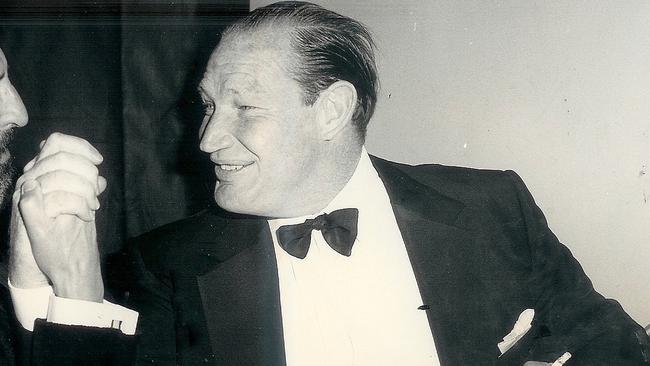
She wouldn’t even reveal the cost of membership, batting away questions by stating that information could not be disclosed.
So how does one become a member?
Well it requires you knowing another member.
They must then refer you to the club’s membership co-ordinator.
The membership process is said to be rigorous, requiring interviews and referrals from other members which can take many months before induction.
It first opened its doors in 1838 and is the oldest private members’ club in Sydney situated on prime real estate on level 7 of 165 Macquarie Street.
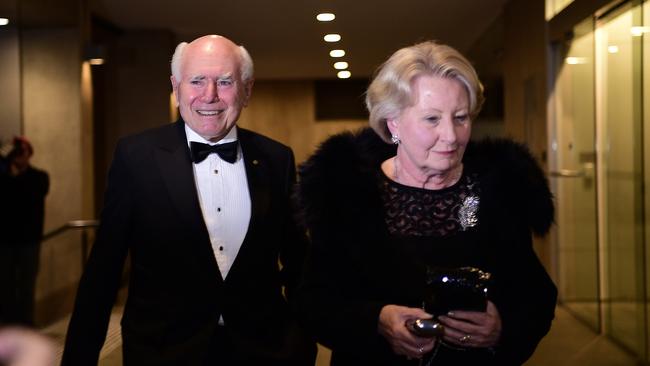
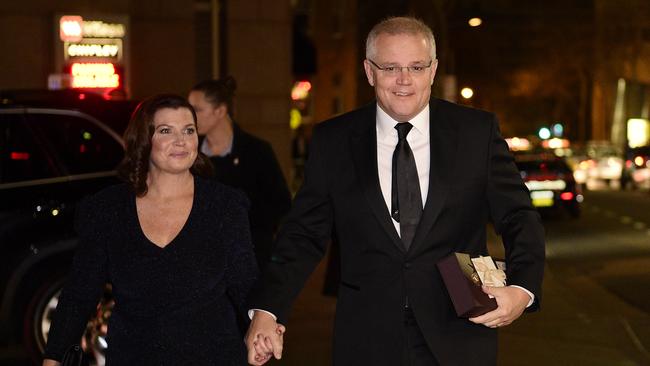
The very few images on the website reveal floor to ceiling windows with incredible views across the Botanic Gardens and to the Harbour.
Many members can no doubt pick out their waterfront mansions on the north shore from the windows of the sun-drenched dining room.
When it comes to facilities, you are not left wanting for anything.
There’s a huge library, a gym with personal trainers on hand and deluxe accommodation – strictly for members of course.
And don’t expect to rock up in a singlet and thongs.
The dress code is strict with men expected to wear a “long-sleeved jacket and tie.”
While membership is strictly for men, women are now allowed to enter as guests.
Yet they too must adhere to the club’s dress standards, notably a dress, skirt, tailored trousers with a jacket or evening pants.
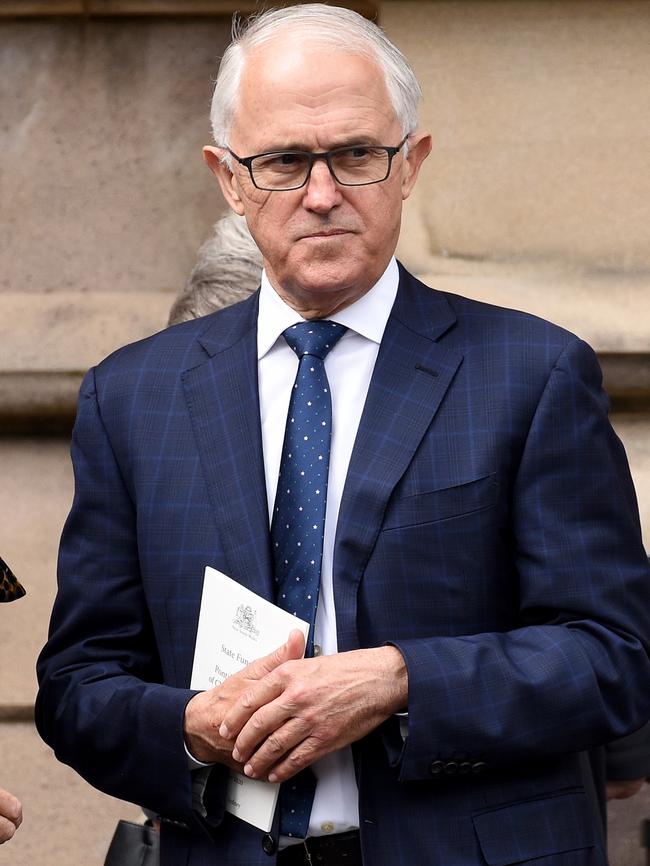
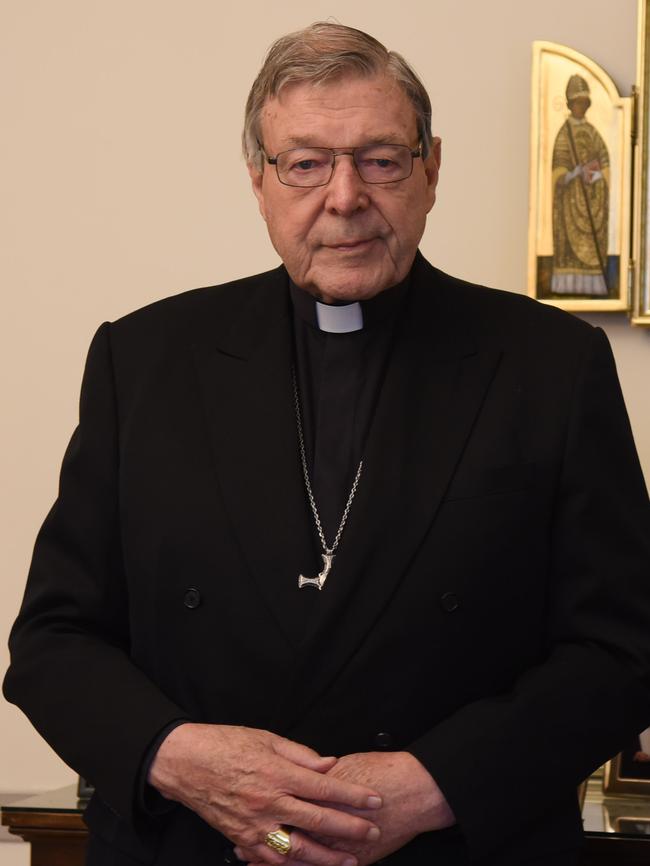
Its list of members past and present reads like a who’s who of Australian history.
There’s multiple former prime ministers including John Howard, Malcolm Turnbull, Sir Edmund Barton as well as the likes of George Pell, various members of the Fairfax clan and, of course, the late Kerry Packer and his son James.
There’s been various judges, Chief Justices, majors and air marshals and if you’d visited in the early 20th century you may have shared a yarn with no other than Banjo Paterson at the bar.
Journalist Malcolm Knox is one of the few non-members to have written about his invite to the club.
In a 2009 article in The Monthly he describes the club as being filled with “rich furnishings and numinous light” and retired men dressed up in “pinstripes and ties as if they were still taking a break from their Supreme Court or Macquarie Street duties.”
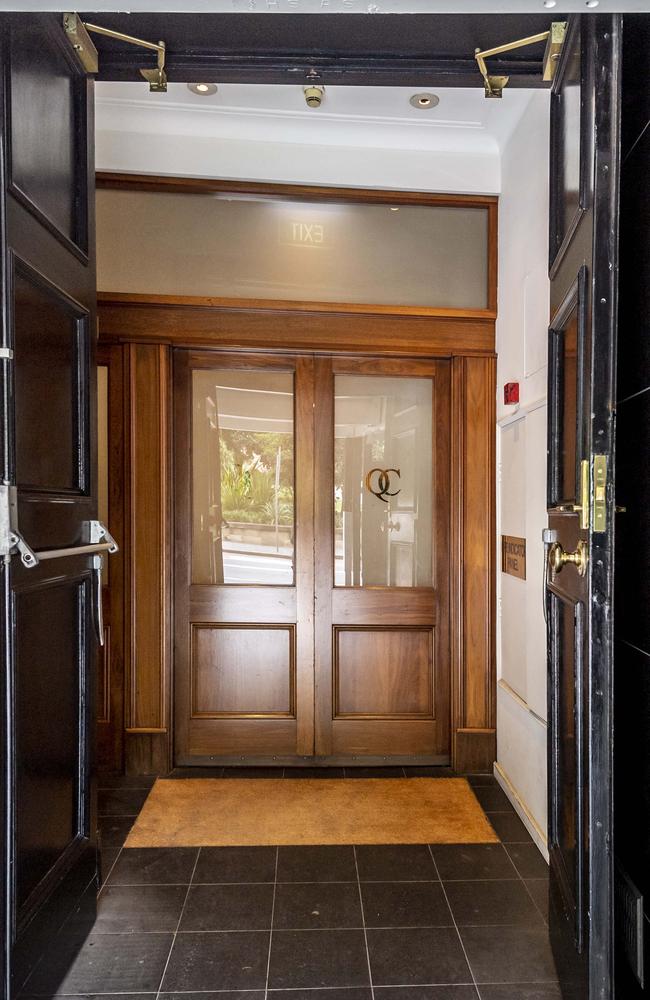
He said the members appeared to be “finding their calm in a tranquil place of respite.”
A businessman, who has been invited to the club in the past, told NewsLocal it was like a “place to socialise for old people.”
He described how upon walking up to the reception he was advised to write his name down and then hand in his phone before his member friend arrived to let him in.
Upon entering the club he described seeing men in circles drinking tea on old vintage lounges – with fabric so dated it was giving off that familiar old scent.
Sydney’s oldest female-only clubs are The Queen’s Club and Women’s Club which are both just as hush hush about what goes on behind their closed doors.
When we called The Queen’s Club asking to speak to the club’s secretary, the receptionist put the phone on hold to ask her superior before politely saying “sorry we don’t do press.”
A call to The Women’s Club was met with a similar response.
“I can’t answer that” was the repeated response to several questions referring to membership criteria.
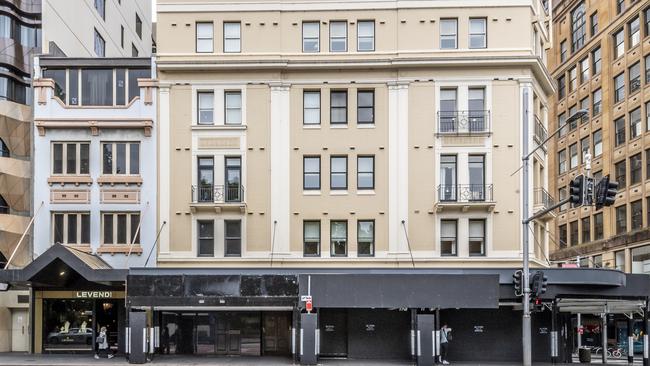
Yet she did stress it was not a “social club” like most other private members’ clubs, but a “cultural club.”
Established in 1901, the club has its origins with The University of Sydney’s Women’s College and was founded to “fill some of the needs of intellectual and academic women by offering mental and artistic enjoyment,” according to its website.
It is said to continue to attract prolific women known for their contribution to academia, law, politics and society.
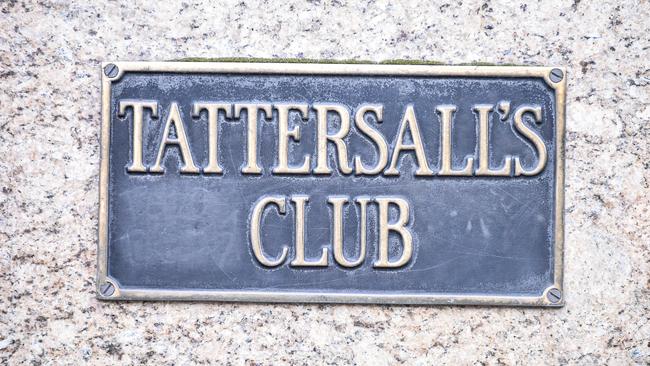
The club at 179 Elizabeth St holds various VIP events and networking luncheons known as ‘circles’.
In the same building is one of the city’s oldest clubs, The Tattersalls Club.
Opened in 1858, Tattersalls embraced the rise of the racing industry in Australia and soon grew to be a mecca for Sydney’s sportsmen as well as those in first tier legal and corporate circles.
And it has to be said Tattersalls Club, not to be confused with Pitt Street’s City Tattersalls, is a lot more welcoming than those mentioned above. So much so general manager Des Mulcahy invited us along for a chat.
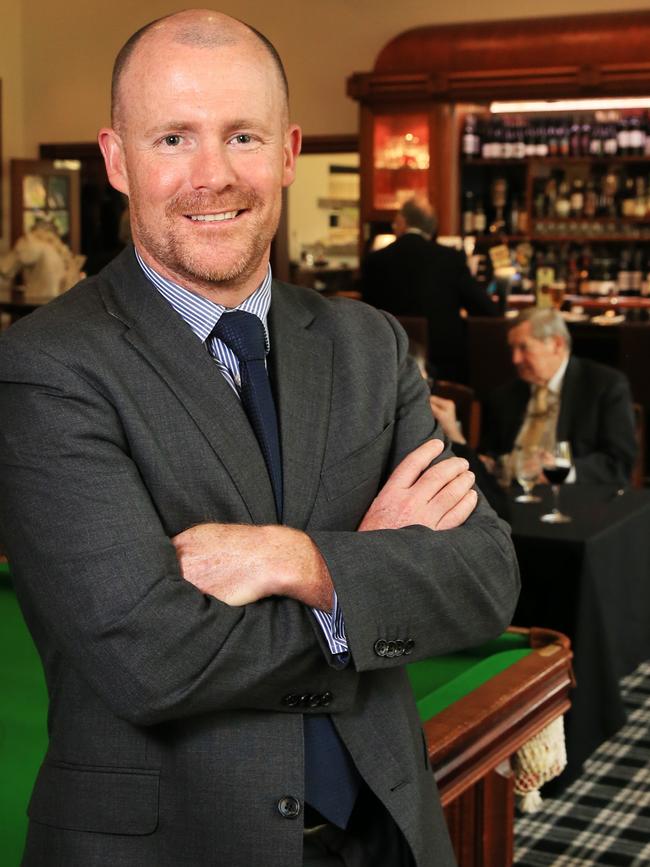
After getting out of the golden coloured lift on level two we are greeted by a giant chandelier along with a delightfully friendly receptionist who greets you by first name.
From here you could perhaps collect your towel, shorts and singlet for the day, all in the club’s navy and white colours, before doing laps in the 25-metre indoor pool overlooking Hyde Park.
Who knows, you might even have private member and Olympic champion Chris Fydler OAM in the lane next to you.
If that sounds like too much hard work then perhaps head to the dining room and share a yarn with one of the many C-suite executives or QCs fresh from the Downing Centre Courts.
Mr Mulcahy provided a tour of the impressive pool and extensive gym facilities before we head to one of the bar’s private booths.
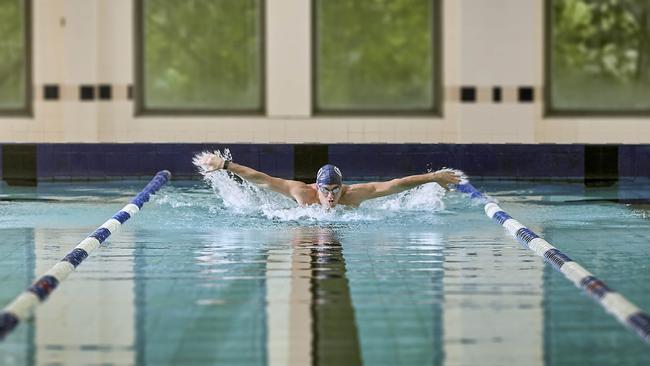
Unlike many clubs of its kind there’s a noticeable difference about Tattersalls: Women.
Women could only become members at the 163-year-old club from about eight years ago.
“We were on the precipice. We had to change,” Mr Mulcahy said, revealing the club was on the verge of closing down.
“We were male only which was part of the challenge (...) and there was always this reluctance to change.
“When you’re in an organisation that old it’s not uncommon because we want to maintain the history and values.”
It was in 2011, when the club plunged into severe financial distress and was in talks to sell the building, that it went through a full restructure.
“And I guess that was the luckiest thing for us as dire and tragic as it would been for the club to discontinue.
“It gave us that mandate for change which a lot of clubs at our end don’t get.”
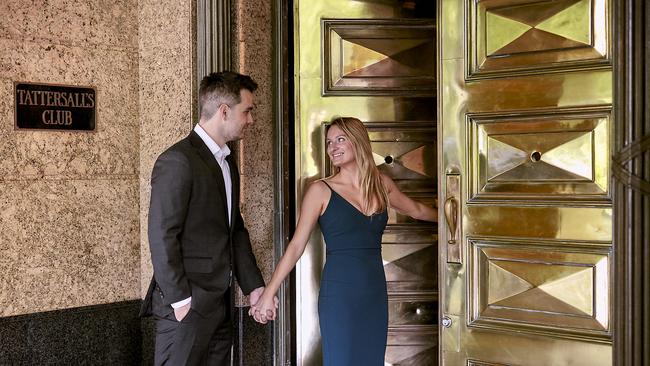
He described the old school private members’ clubs as being “relatively well run but slow moving and static organisations.”
“We had been exactly the same thing but our offering was no longer sustainable with Sydney society of 2011.”
Now about 25 per cent of its 750 members are aged 35 and younger.
The club, which is still invite-only costs $2,950 for membership and hosts a suite of exclusive luncheons, guest speaker events, and mentoring programs for its private members.
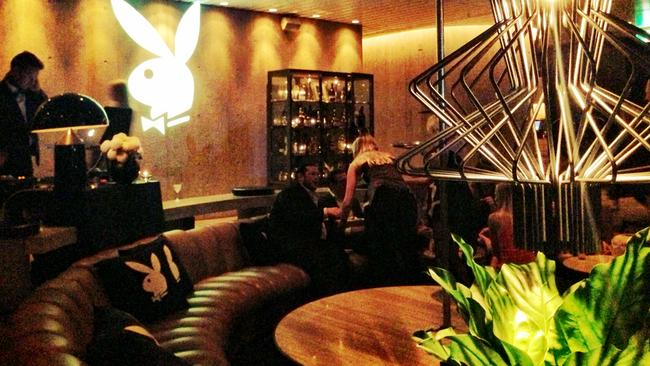
But Mr Mulcahy said the main attraction remains the pool and gym facilities – especially for its Olympian members.
A ten minute stroll across the city is Merivale boss Justin Hemmes’ Level 6 at The Ivy.
For a cool $5,000 a year members are picked up by a Rolls Royce from their homes before being taken to Level 6 which requires a special black key card to get in.
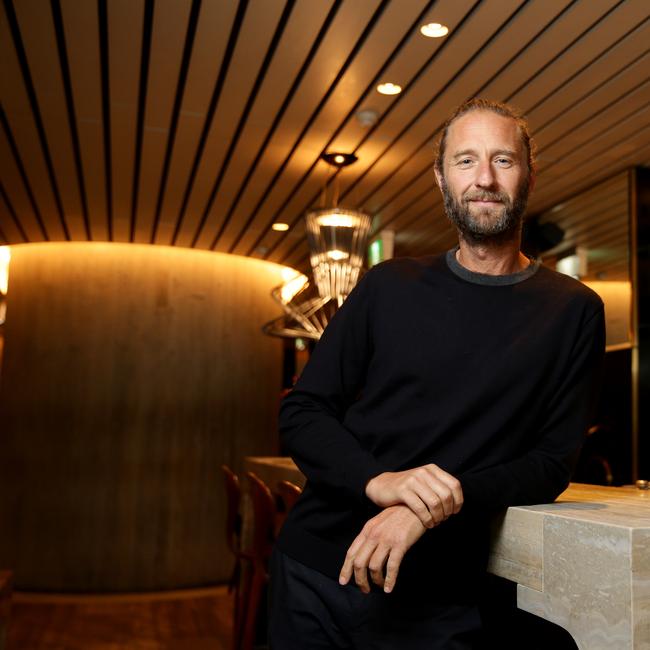
There’s a private bar, a spa as well as expansive views overlooking the Ivy pool.
It is the perfect space for Sydney’s rich, famous and well connected to meet, dine and party – all away from prying eyes.
Despite our best efforts to interrogate a former member he would not divulge details only to say it is “a gentleman’s club” in a “very cool space.”
It appears what goes on level six, strictly stays there.
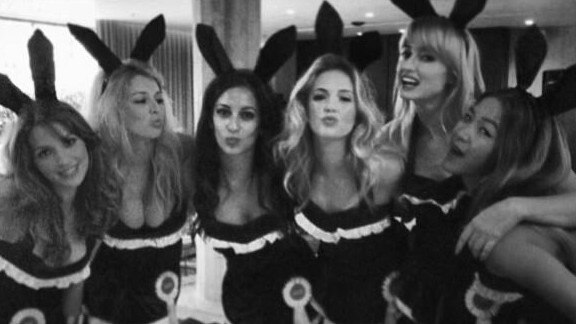
Down on Kings Cross Road in Potts Point is one of the city’s newer clubs, CUB Club.
It bills itself as a private members’ business club.
For $7,500 a year members get access to exclusive networking programs and events which have featured the likes of Mark Bouris and PR queen Roxy Jacenko.
Members, who are mainly first generation business owners, must also make between $2-20 million a year to join.
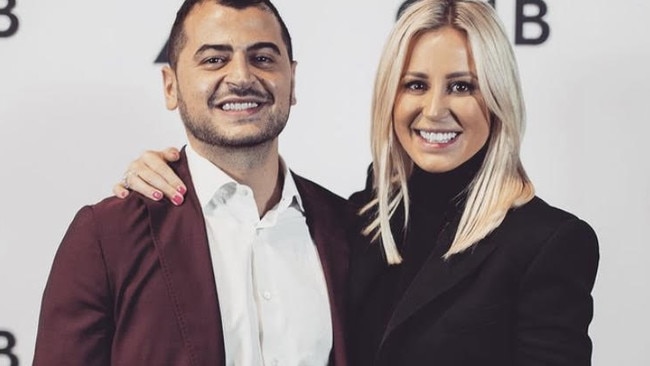
Daniel Hakim is the man behind the venture.
When he opened his first clubhouse about six years ago he couldn’t replicate the traditional private members’ model which generated sizeable revenue from food, beverage and accommodation.
“They operate as hospitality businesses,” he said.
“We were forced to change the business model because it didn’t work effectively for us.”
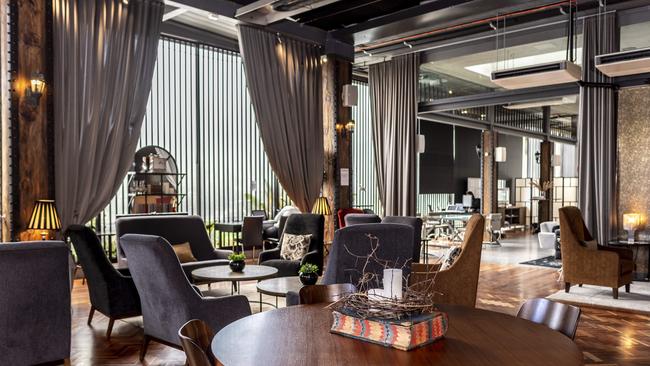
In particular he said it didn’t work in Sydney because it was more spread out than cities like London and New York and because the cost of labour and rent was too high.
CUB’s revised business model removed the hospitality elements and focused on providing an “exclusive networking service.”
It’s working and current members include the chief executive of Showpo Jane Lu and the co-founder of finder.com Jeremy Cabral.
Over the years Sydney’s clubs have no doubt been witness to the closing of multimillion dollar deals and various political agreements which have had ramifications across Australia.
But times are changing and survival for these clubs is not a given.
It’s understood the median age of members at the more traditional clubs is between 60 to 80 – and some argue their elitist values and rules no longer have a place in contemporary Australian society.
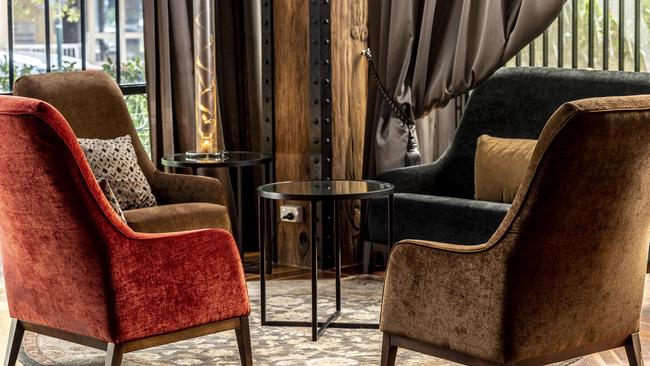
“Private business clubs have always been where relationships are formed and deals are done between the wealthiest and most powerful people in the country,” Mr Hakim said.
While he said he respects the traditional clubs, he claims their memberships are not growing.
“The old guard has not adapted to the modern face of Australian business and that has led to a new generation of private club focused around relationships being formed between Australia’s next generation of business icons,” he said.
From speaking to club bosses across Sydney it appears the answer may come from overseas.
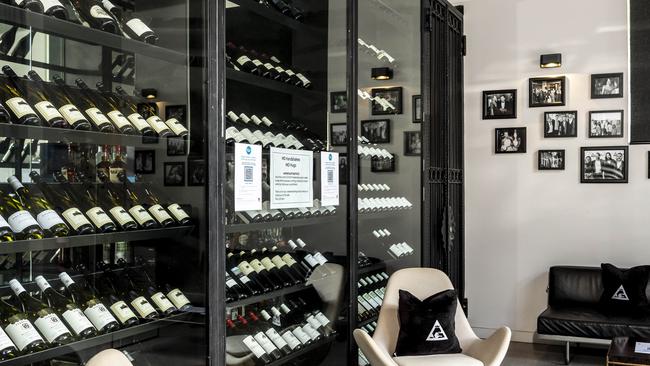
The Vancouver Club, which dates back to the 19th century, for example is one of the many that are garnering a younger following.
The fact the club has an Instagram account is one thing.
Its social media page tells a very different story to many of those in Sydney.
The page is littered with everything from cinematic videos of young newly wed couples overlooking snow capped mountains to PT workouts held at bougie chandelier-lit rooms.
“You can see from their website that they’re targeting younger demographics. They’ve got Instagram and flashy videos going on,” one Sydney club insider said.
“That’s where clubs should go – in that direction.”

